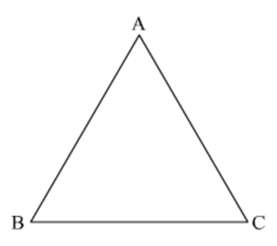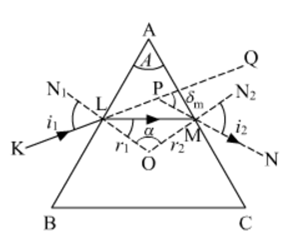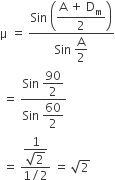 Long Answer Type
Long Answer TypeDescribe the working principle of a moving coil galvanometer.
Why is it necessary to use
(i) a radial magnetic field and
(ii) a cylindrical soft iron core in a galvanometer?
Write the expression for the current sensitivity of the galvanometer.
Can a galvanometer as such be used for measuring the current? Explain.
(a) Define the term 'self-inductance' and write its S.I. unit.
(b) Obtain the expression for the mutual inductance of two long co-axial solenoids S1 and S2 wound one over the other, each of length L and radii r1 and r2 and n1 and n2 number of turns per unit length when a current I is set up in the outer solenoid S2.
(a) Draw a labelled diagram of a step-up transformer. Obtain the ratio of secondary to primary voltage in terms of number of turn and currents in the two coils.
(b) A power transmission line feeds input power at 2200 V to a step-down transformer with its primary windings having 300 turns. Find the number of turns in the secondary to get the power output at 220 V.
Derive an expression for drift velocity of electrons in a conductor. Hence deduce Ohm's law.
The current is drawn from a cell of emf E and internal resistance r connected to the network of resistors each of resistance r as shown in the figure. Obtain the expression for (i) the current draw from the cell and (ii) the power consumed in the network.
(i) A ray of light incident on face AB of an equilateral glass prism shows the minimum deviation of 30°. Calculate the speed of light through the prism.

(ii) Find the angle of incidence at face AB so that the emergent ray grazes along the face AC.

At the minimum deviation, the refracted ray inside the prism becomes parallel to its base.
Angle of minimum deviation is given as Dm = 30°
Since, the prism is equilateral, So, A = 60°
Refractive index of the prism
We know that μ = v1/v2
Hence the speed of light in prism would be 1/√2 times the speed of light in air i.e = 3 x108 /1.414 = 2.121 x108 m/s
(ii)
From Snell's law, we know that 
For the emergent ray to graze at the face AC, the angle of refraction should be 90
So, applying snell's law at face AC, we get
From figure, we can see that angle of refraction at face AB is 15
So applying Snell's law we get
Sin iAB = sin rAB x μ12
or iAB = sin-1 (√sin 15°)
